Share This Story, Choose Your Platform!
“Daher must not be dispossessed of his vineyard!” With this slogan the Nassar family from Bethlehem initiated a publicity campaign in Christian circles to promote a new phase of the struggle for a property which has been disputed for more than a decade.
At the beginning of the 1920s Daher Nassar immigrated from Ein Anub in Lebanon to Palestine. In the Judean hills, southeast of the Arab village Nachalin, which lies between Bethlehem and Hebron, he bought a piece of land for himself, his wife and his two sons Beshara and Nayef.
At around the same time, some orthodox Jews came from East Europe to settle in the Promised Land. Just a few hundred metres from Daher’s property they tried to build a settlement on the land of what used to be a German monastery. However, they were no match for the rough climate – there are regular snowfalls here in the winter – and the stony ground, and had to abandon their experiment.
In 1927 another group of Jewish settlers founded the settlement of Kfar Etzion. When, two years later, there was an outbreak of national unrest in the course of which the 3,000-year-old Jewish community in Hebron was completely wiped out, they heeded the warning of the Mukhtar (lord mayor) of the neighbouring Arab village, and fled. All that was left for the Arab mob to plunder were empty houses.
In 1936 the Jews returned, bought land again, only to be driven away again just three years later. The driving force behind this unrest was the Grand Mufti of Jerusalem, Hadj Amin el-Husseini, an admirer and friend of Adolf Hitler.
A further attempt at the reconstruction of what had in the meantime become four Jewish villages in “Gush Etzion” (the settlement block of Etzion) ended on the very evening in May 1948 when the State of Israel was declared. Dozens of Jewish settlers were slaughtered by Arab guerillas. Many of the “children of Kfar Etzion” survived as orphans.
With the Six-day War in June 1967 the area of Gush Etzion fell into Israeli hands again. The “children of Kfar Etzion” returned. In the following three decades the Jewish settlements of Bat Ain, Kfar Etzion, Alon Shvut, Elazar, Rosh Zurim, Neve Daniel and Beitar Illit developed into prosperous communities around the Palestinian Nachalin.
Within visibility range of these settlements, Nayef Nassar lived until 1987 in his parental residential cave on the mountain ridge of the western slopes of the Jewish hill country and cultivated the vines, olive trees, pomegranates, and almond and fig trees which his parents had planted. The view which his property, lying 950 above sea level, commands of the coastal plain of Israel and the Mediterranean is breathtaking.
Britons, Jordanians, Israelis and the Palestinian Autonomy too have maintained the validity of Osmanian law regarding property ownership. According to this law the whole land belongs to the Sultan, is therefore State-owned. Occupants can only acquire utilization rights, either by cultivating a piece of land for a period of three years, or by buying or inheriting it. If a piece of land has not been cultivated for ten years, its utilization rights fall back to the State.
In November 199,1 Daher Nassar’s grandchildren were told that Israel was claiming the property of their grandfather as State-owned land. They issued a court protest. That was the beginning of the struggle for “Daher’s vineyard” which has been dragging on for over a decade, is being promoted, using all possible means, and is a good stereotype of the struggle for the Promised Land in the occupied territories, Judea and Samaria of the Bible.
The Nassar family’s ownership rights over approximately half of the land which they claim has in the meantime been acknowledged and legally confirmed by all parties. The claim is confirmed, not only by ownership deeds under the name “Bishara bin Daher Nassar” dating from 1924 and 1925, but also by the old trees.
However, about 20 hectares of the disputed land obviously lay fallow until just a few years ago. And the deeds only confirm Bishara Nassar’s ownership of five ninths of the whole property. That’s why the land commissioner of Gush Etzion, Hananja Nachliel, found it justifiable to protect the land from what he saw as unauthorized access by the Palestinians.
He wanted to secure access to the area, which he allocated to the Neve Daniel demarcation, with a road. By blocking the path of the bulldozers, the brothers George, Daoud and Tony Nassar, with the support of pro-Palestinian activists from Israel and abroad, hindered the progress of what was to all effects a country trail.
At the same time they tried to validate their ownership right by ploughing the disputed land and planting new olive trees on it. Hananja Nachliel documented all these activities in order to assert them in a court of law. Other Jewish settlers uprooted the olive trees.
The Palestinians felt threatened by the in part heavily armed Jewish settlers. The Israelis on the other hand found the Arabs, out of whose ranks many a suicide bomber has emerged, uncanny.
Israel’s High Court is supposed to reach a final judgment in the last week of April 2003. The Nassar family view with suspicion the approaching decision. An elderly settler airs his ill humour towards the mainly left-wing Israeli Supreme Judges with the words, “They love us as much as they love them!” The situation remains tense.
While a heated struggle is being conducted on the personal level in Israel’s heartland, the majority of the Israeli population has in the past years been articulating its desire to “exchange land for peace”.
When on the 29th of November 1947 the General Assembly of the United Nations spoke out for a distribution of the rest of Palestine, the Jewish people agreed for the sake of peace. The Arabs rejected this idea. According to this distribution plan, the Jews would have been required to evacuate not only Gush Etzion, but also Israeli towns like Nahariya in the north, or Beer Sheva in the south.
Immediately following the conquest of Judea, Samaria and the Gaza strip in June 1967, Israel again offered its neighbours “land for peace”. But the Arab League turned down this offer with its “three categorical ‘No’s'”: “No to a recognition of the Jewish State. No to negotiations. No to a peace agreement.”
The fact that Israel is willing to make painful compromises is not only asserted verbally by Prime Minister Ariel Sharon, but was also proved when he himself ordered the evacuation of the Jewish settlement Yamit in Sinai at the beginning of the 1980s. Memories of the szenarios accompanying the peace agreement with Egypt, in which Jews fought against Jews and Jewish houses were razed to the ground by the Israeli army, are to this day a trauma factor in Israeli society.
Israel then witnessed breathlessly how its leader Ehud Barak, in July 2000, in American Camp David, made an offer to the Palestinians for which, according to his Foreign Minister Shimon Peres, he had “no political mandate”. Over 90% of the territories of Judea, Samaria and the Gaza Strip would have turned into a Palestinian State. But Yassir Arafat rejected this offer.
In the face of all prophecies of doom about “Sharon & Co.” dreaming of an “Israeli superpower” extending “from the Nile to the Euphrates”, one thing remains clear: today’s State of Israel is much more concerned about being left in peace than about the possession of the land which God has promised to it. The history of the past 50 years has proved again and again that, with the exception of a few “Tora-crazy hard-liners”, Israel doesn’t even want the land!
Those who believe in the testimony of Holy Scripture and count on the intervention of the living God can’t help but have the impression that, up till now, God has not allowed Israel to relinquish its land to the Arabs. And in order to achieve this end, the Lord of history did not avail himself of the Israeli army or hard-headed orthodox Jews – he used the hatred, aggression and obstinate pig-headedness of Arab leaders.
Translation by Nicola Vollkommer


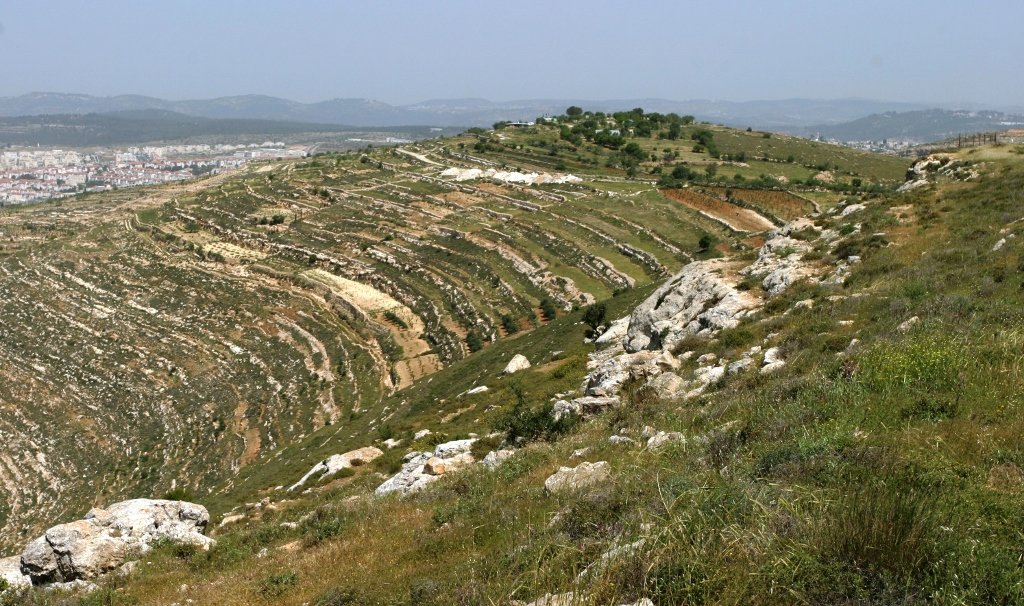
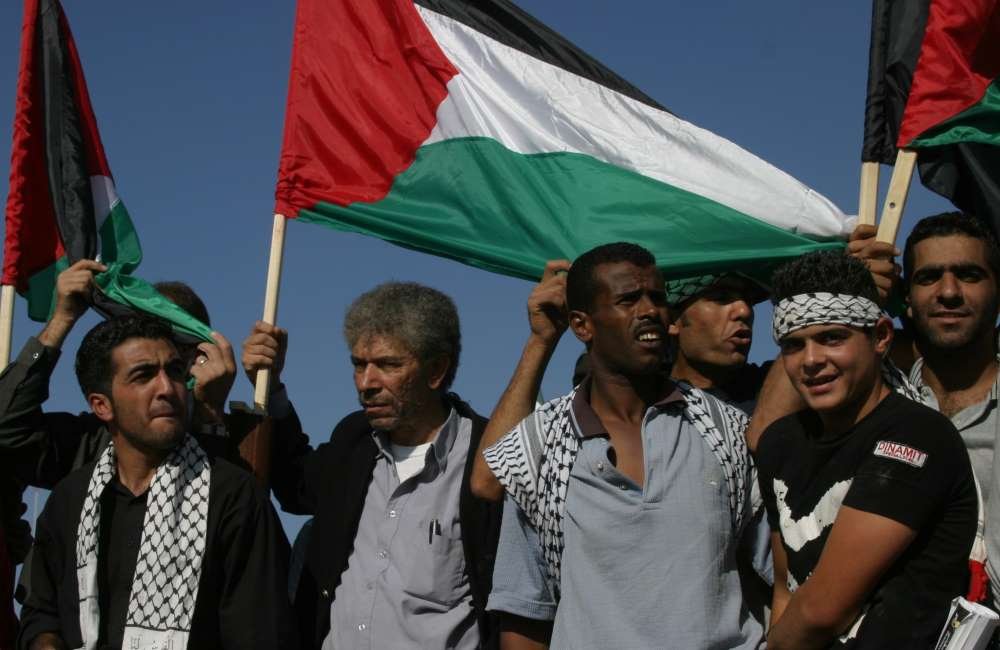
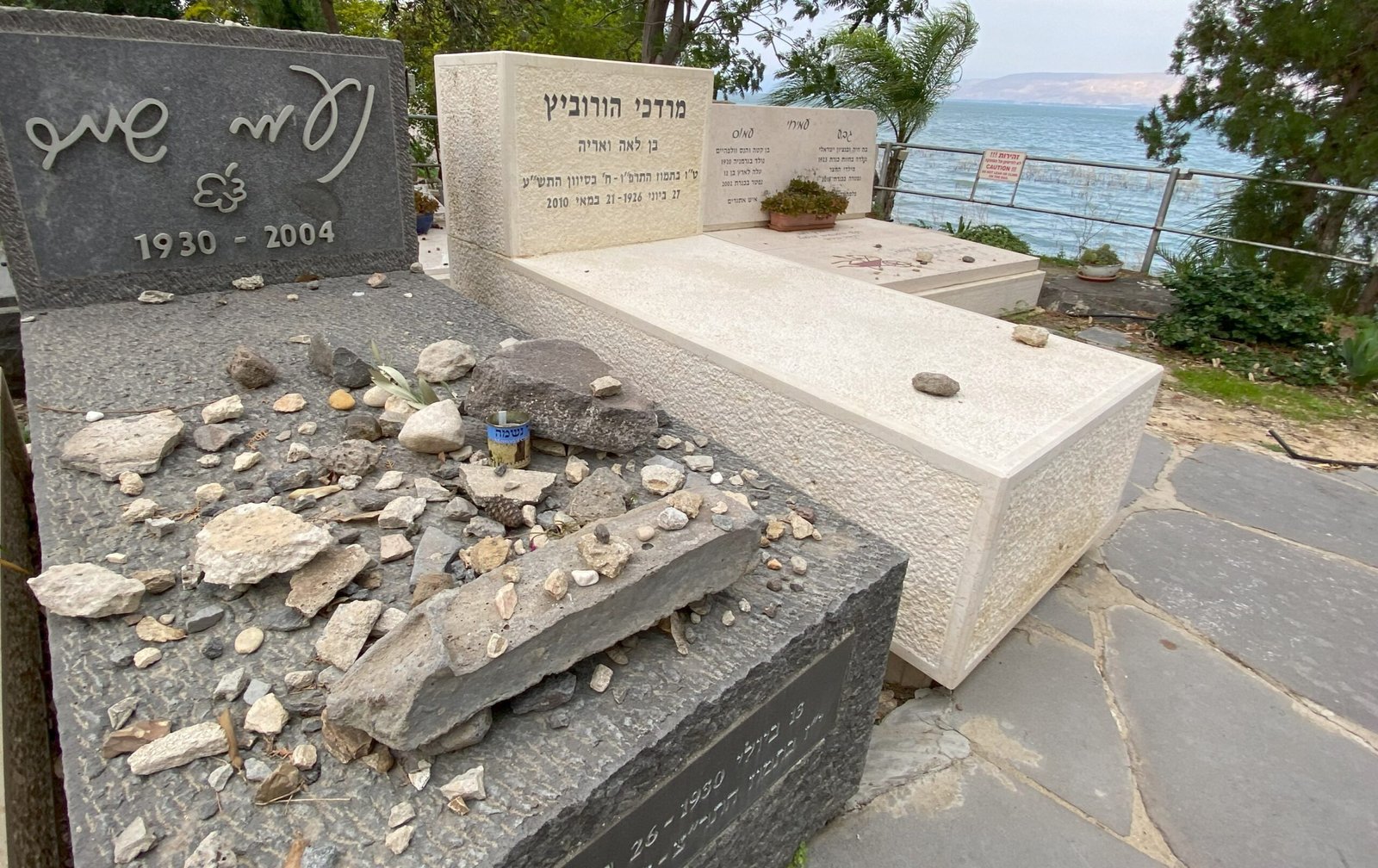

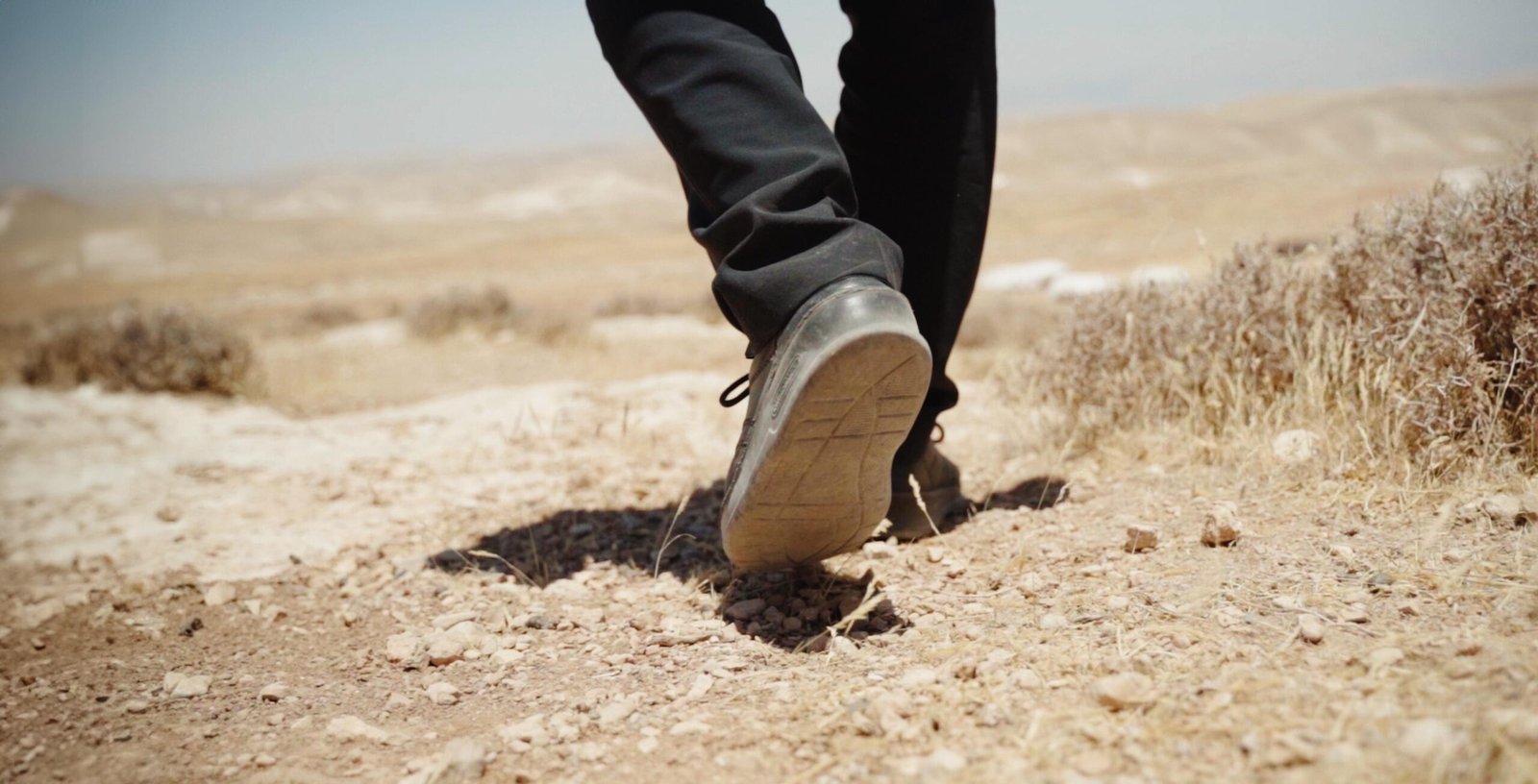



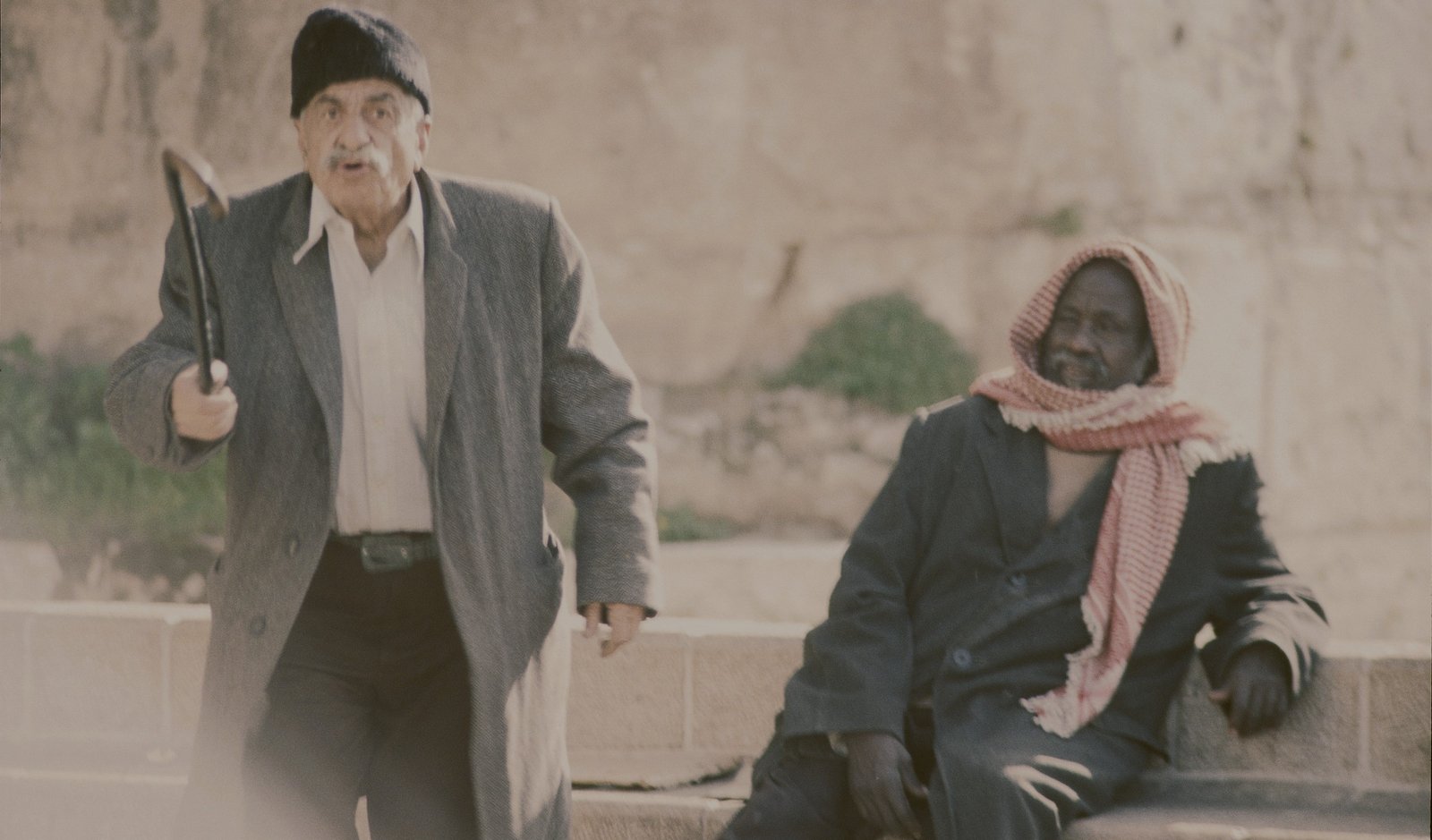
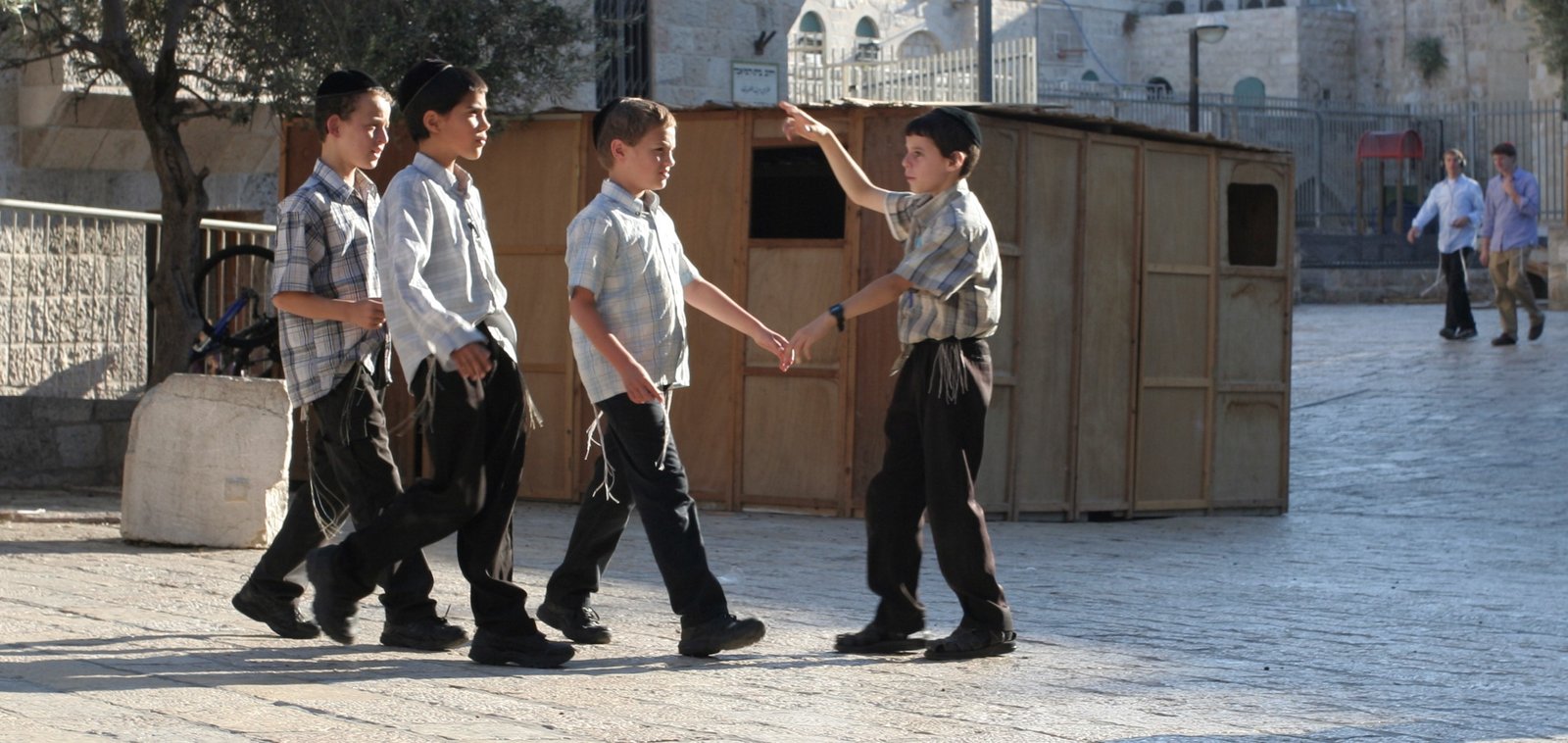

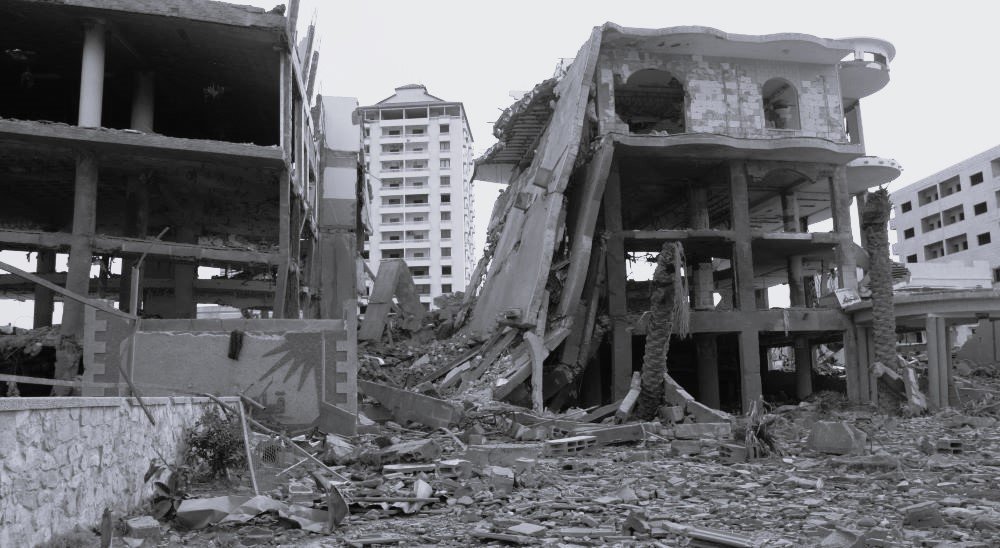
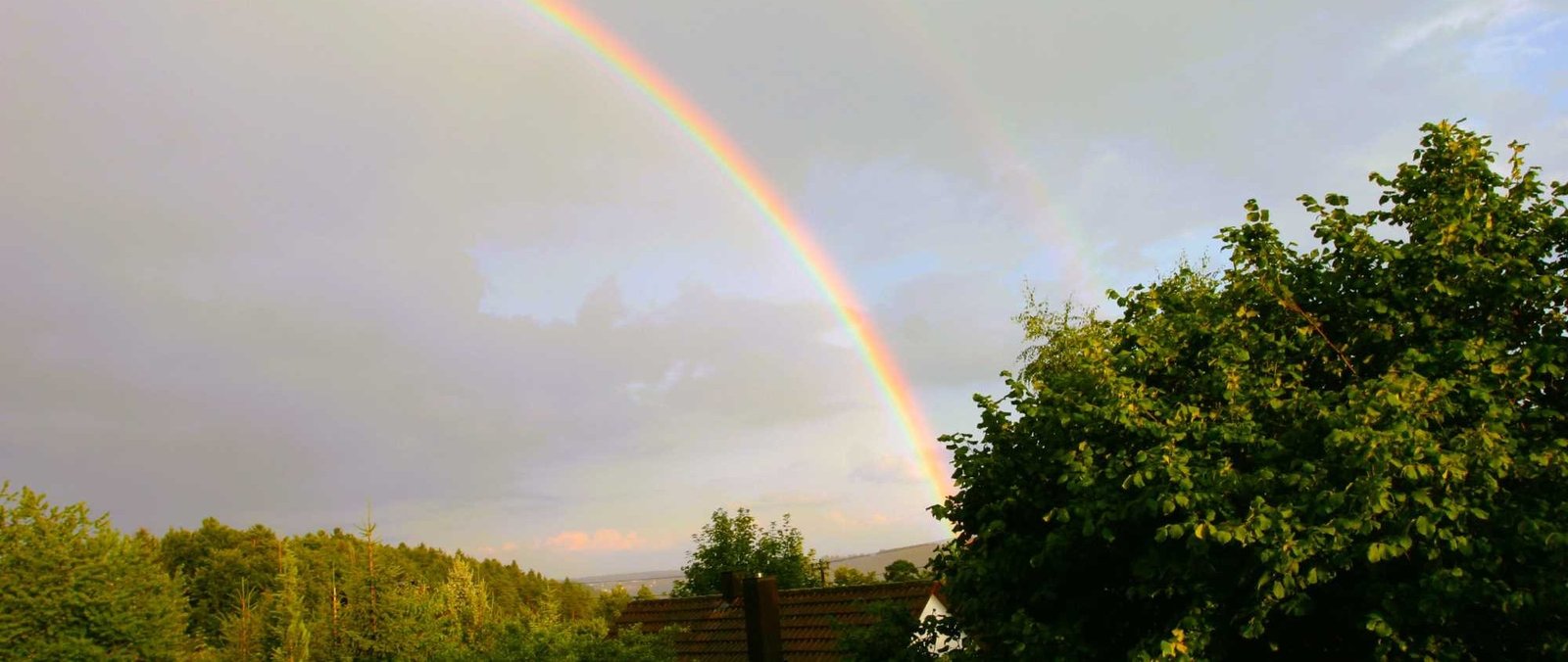
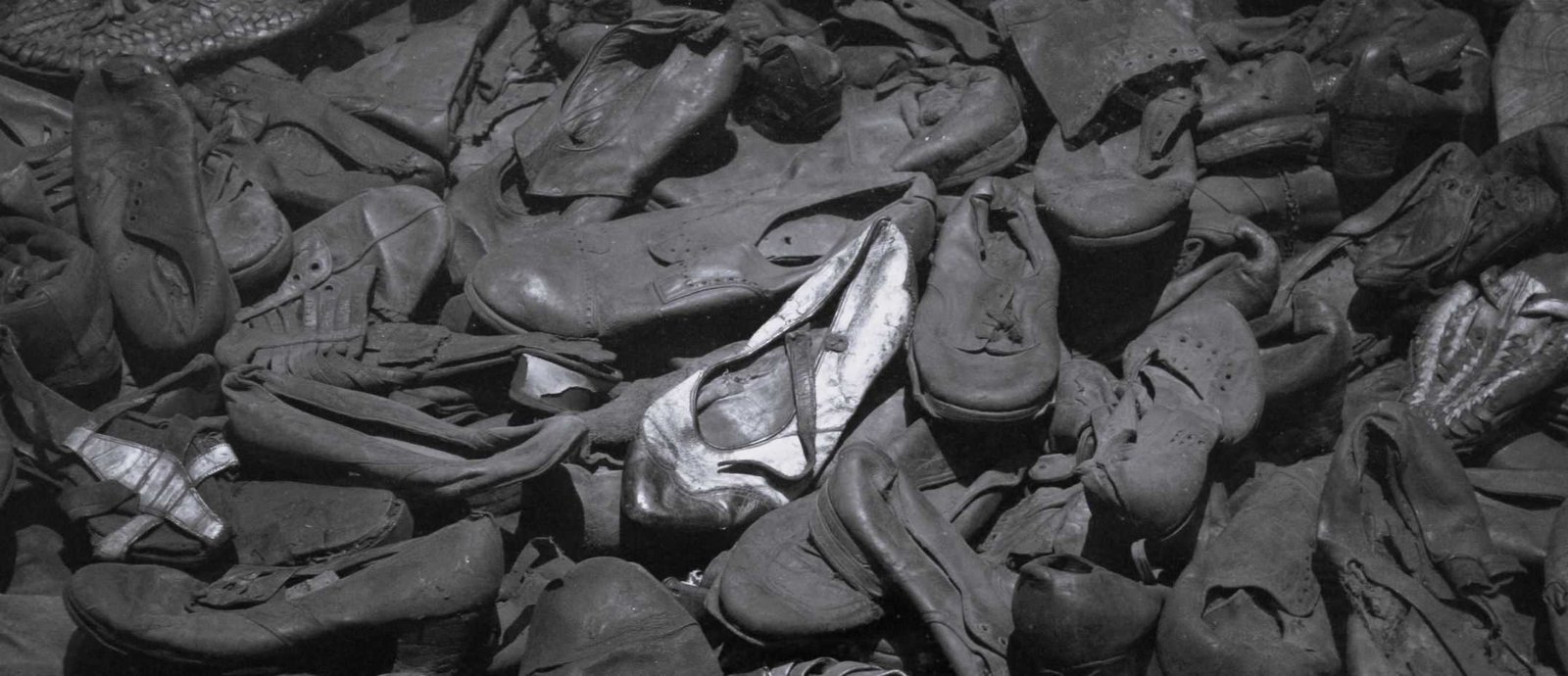
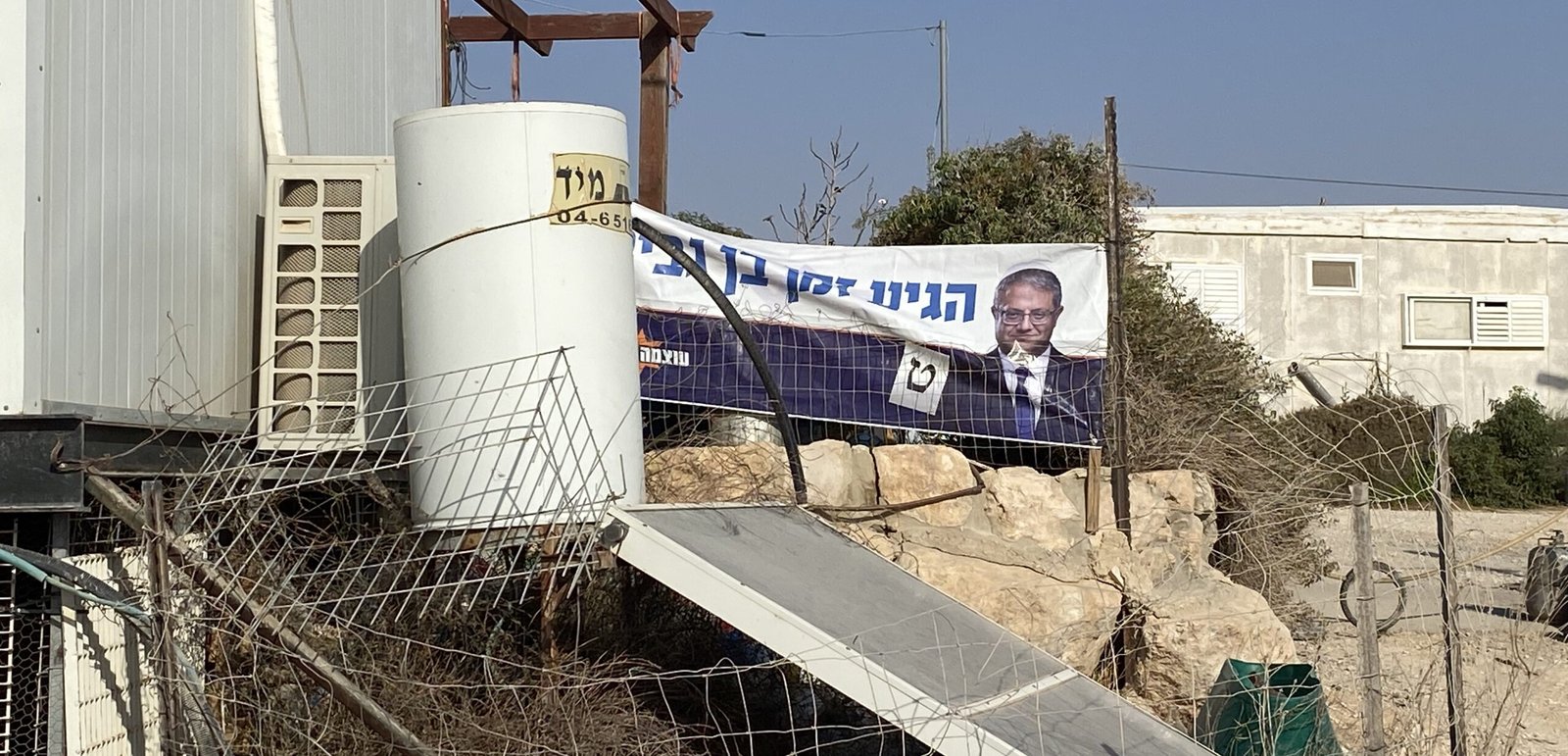

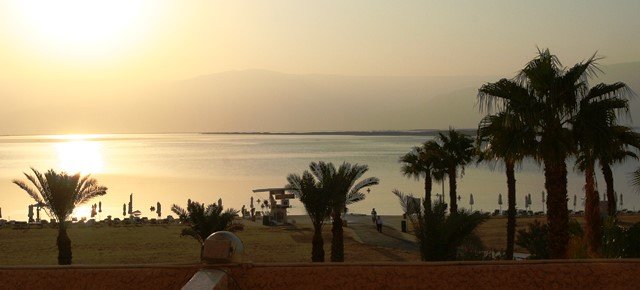
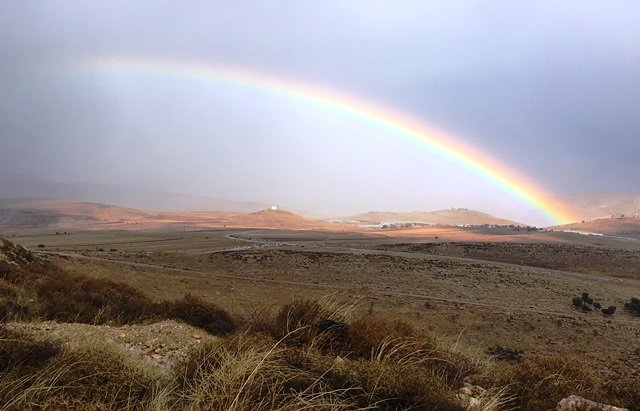
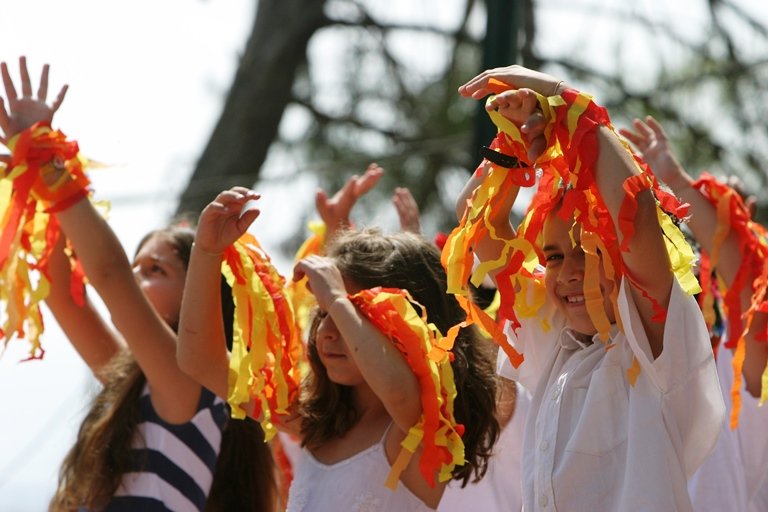
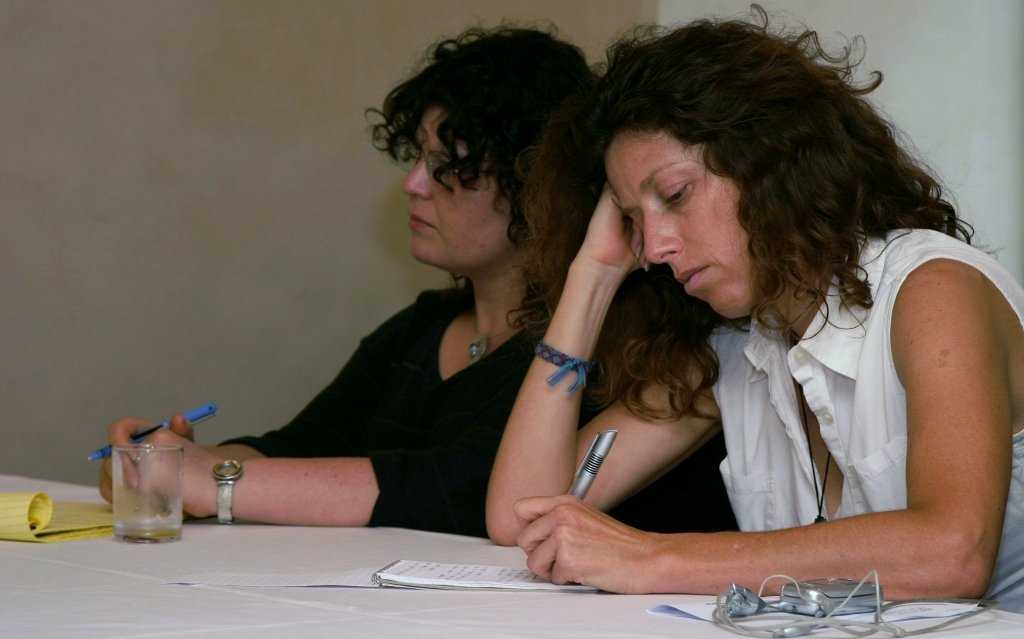
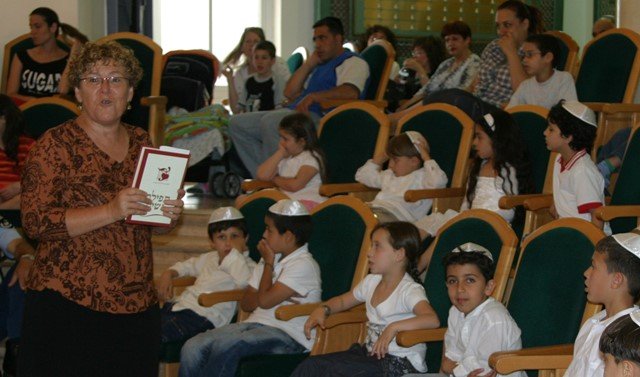
I just want to say thank you for this great forum. I found a solution here on gerloff.co.il for my issue.